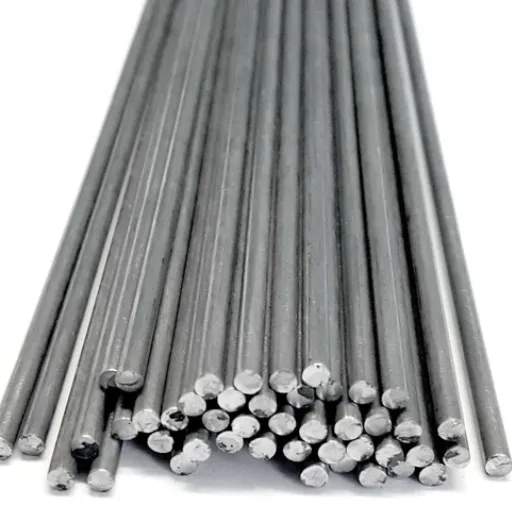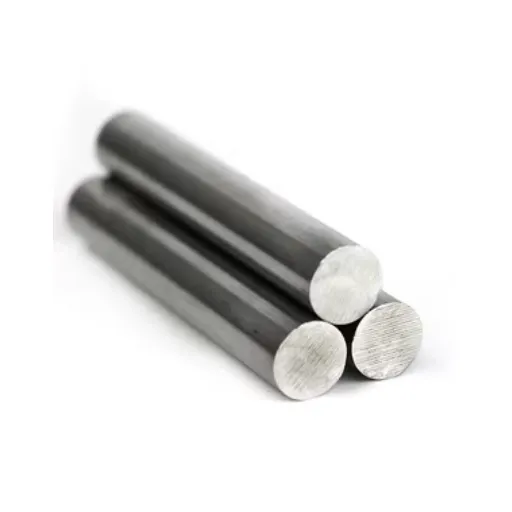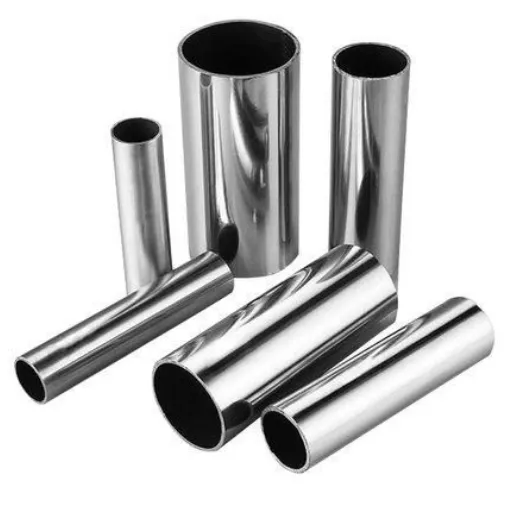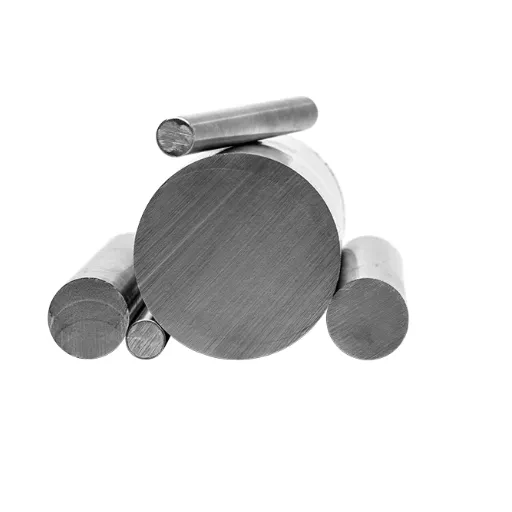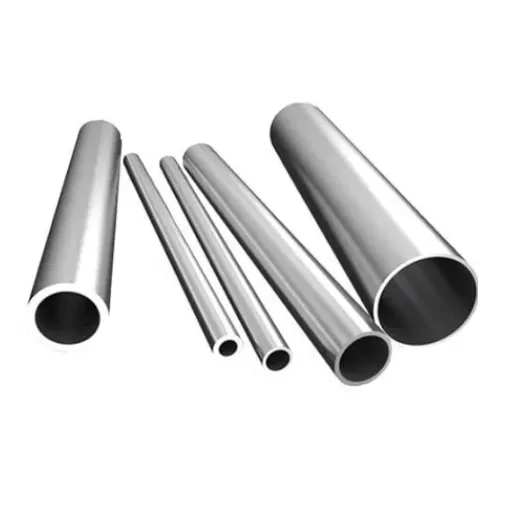Mild steel, laying claim as the common name for low-carbon steel, is one of the most in-demand materials in industries, construction setups, and manufacturing. Its multifunctionality, along with cheap pricing and good mechanical properties, makes it desirable in all sorts of applications. From towering skyscraper frames to household items, mild steel is metallurgically just right, maintaining synergy between strength and malleability and therefore standing forth as an engineer’s choice and a manufacturer’s preference.
This article would teach the critical properties of mild steel responsible for its easy adoption in modern industries, along with the various uses in industries of today. A materials person, engineering enthusiast, or anyone with a little curiosity about what really forms the backbone of modern infrastructure will find another good hand towards proving why mild steel stands tall in the modern industrial era.
Uses of Mild Steel in Construction

Structural Frameworks and Beams
Thermally beneficial mild steel finds use as a reinforcing material for framing and supporting beams. It bears load, based on tensile force, while its ductile nature enables deformation under the external influence of thrust, thereby creating stable infrastructures.
Key Benefits:
- Load-bearing capacity: Excellent tensile strength for structural support
- Ductility: Can be easily bent or fabricated into diverse structural components
- Durability: Stainless treatment helps maintain integrity over long periods
- Cost-effectiveness: Much cheaper than reinforced concrete and other steel types
- Sustainability: Can be recycled without loss of original properties
Stainless treatment, including galvanization or other coating methods, keeps mild steel in good shape, especially in construction projects exposed to harsh environments with high moisture or temperature variations. The consistent testing of mild steel proves it is predictable during stress, making it acceptable in standard safety norms for large-scale construction works such as bridges and tall buildings.
Reinforcement in Concrete Structures
Reinforcement is provided in concrete to enhance strength, durability, and load-bearing capacity. While concrete can survive under compression, it’s insufficient for structural applications where tensile strength is required.
Why Steel Reinforcement Works:
- Thermal compatibility: Steel and concrete have almost the same coefficient of thermal expansion
- Ductility advantage: Steel can deform before fracturing, providing a warning against sudden structural failure
- Superior bonding: Rebars with deformations or ridges better adhere to concrete
- Critical applications: Essential for bridges, high-rise buildings, and industrial plants
Important: Proper design and placement of reinforcement is crucial for the best performance and structural integrity. Reinforcement must be adequately spaced and checked for correct alignment during placement to prevent weaknesses.
Roofing and Cladding Applications
Roofing and cladding systems protect modern edifices by offering reliable structural support, weather sealing, and insulation. Material selection considers durability, load-bearing capacity, beauty, and climatic conditions.
Best Roofing and Cladding Systems:
- Standing Seam Metal Roof: Long, interlocking metal panels with a 40-70 year lifespan using aluminum, steel, and zinc
- Insulated Metal Panels (IMPs): Superior thermal insulation with metal skins sandwiching rigid insulation
- Fiber Cement Siding: Composite material with a 50+ year lifespan, resistant to insects and moisture
- Green Roof Systems: Vegetative layers for air purification and stormwater management
- EPDM and TPO Membranes: Single-ply membranes reflecting up to 87% of solar energy
Industrial Applications of Mild Steel
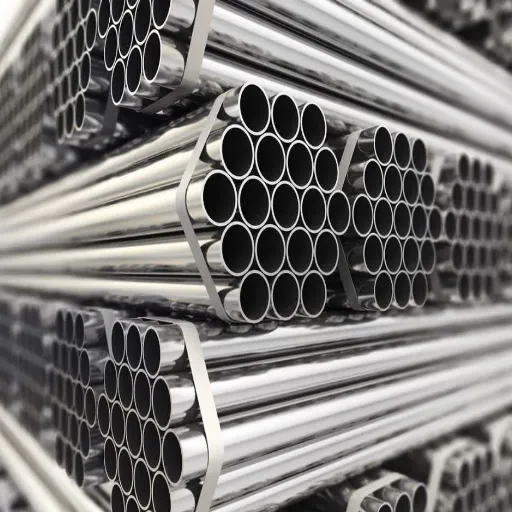
Manufacturing Machinery and Equipment
Mild steel is extensively used in manufacturing machinery and equipment due to its good machinability, tensile strength, and cost-effectiveness. The composition (typically 0.05% to 0.25% carbon) makes it convenient for cutting, welding, and fabrication while maintaining structural integrity.
Industry Statistics: Manufacturing data shows mild steel represents a large component of parts in automotive, agriculture, and heavy transport industries, primarily due to the best price-performance trade-offs compared to stainless steel or high-strength alloys.
Recent Improvements:
- Enhanced wear resistance through metallurgical engineering treatments
- Surface treatments like galvanizing or powder coating for corrosion resistance
- Simple recycling processes supporting sustainable manufacturing
Automotive Components and Structures
Mild steel provides the right balance among strength, ductility, and cost for automotive applications. It’s extensively used in chassis, body frames, and engine mounts due to its capability to withstand mechanical stresses while remaining ductile for complex shaping.
Key Statistic: Nearly 65% of an average vehicle’s weight is attributed to steel, with mild steel comprising a major part.
Automotive Advantages:
- Hot-stamping processes: Strengthen mild steel without compromising ductility
- Lightweight structures: Contribute to fuel efficiency and emission compliance
- Corrosion protection: Electro-galvanizing and thermal spraying for various climatic conditions
- Sustainability: Recyclable without quality loss, supporting circular manufacturing
Production of Industrial Tools
Industrial tool production combines advanced manufacturing technologies for precision, durability, and efficiency. While materials like HSS, tungsten carbide, and advanced composites are preferred for extreme conditions, mild steel serves as a cost-effective base material for many tool applications.
Modern Production Methods:
- CNC machining: Precision manufacturing beyond traditional accuracy barriers
- Additive manufacturing: Revolutionary customization capabilities
- Laser cutting: Enhanced precision and efficiency
- Heat treatment: Annealing, quenching, and tempering for improved properties
Everyday Uses for Mild Steel
Kitchen Utensils and Appliances
Mild steel finds versatile applications in kitchenware and appliances as a cost-effective material. Its malleability, tensile strength, and easy fabrication make it suitable for cutlery, cookware, and kitchen appliances requiring structural integrity.
Kitchen Applications:
- Utensils: Cutlery and cookware with protective coatings
- Large appliances: Frameworks for stoves, ovens, and refrigerators
- Support structures: Internal components requiring strength and precision
Protection Methods: When coated with protective layers or chromium plating, mild steel gains significant resistance to corrosion and oxidation – critical properties for kitchen environments with inevitable moisture and heat exposure.
Pipelines and Storage Tanks
Transportation and storage systems comprising pipelines and tanks are integral to industrial operations, particularly in oil and gas, chemical processing, and water management sectors.
Pipeline Materials and Features:
- Material options: Carbon steel, stainless steel, or HDPE, based on transported substances
- Safety features: Seamless pipes and corrosion-resistant coatings
- Performance optimization: Reduced leak risks and environmental contamination
Storage Tank Classifications:
- By location: Underground and above-ground tanks
- By design: Fixed roof, floating roof, or pressurized vessels
- Key features: Tank calibration, insulation, and secondary containment systems
Mild Steel vs. Other Steel Grades

Comparison with Carbon Steel
Mild steel and carbon steel differ in carbon content, affecting their strength, ductility, price, weldability, and corrosion resistance.
| Aspect | Mild Steel | Carbon Steel |
|---|---|---|
| Carbon Level | Low (0.05-0.25%) | Medium to High (0.05-1.7%) |
| Tensile Power | Moderate | High |
| Flexibility | High | Low to Moderate |
| Expense | Low | Higher |
| Joining Ease | Good | Challenging |
| Rust Resistance | Poor | Poor |
| Usage | Construction, Automotive | Tools, Machinery |
| Surface Hardness | Lower | Higher |
| Fragility | Low | High |
Stainless Steel vs. Mild Steel
Stainless steel and mild steel differ in alloying elements, corrosion resistance, strength, ductility, weldability, cost, and applications.
| Aspect | Stainless Steel | Mild Steel |
|---|---|---|
| Alloying | Chromium, Nickel | Carbon |
| Corrosion | High Resistance | Low Resistance |
| Strength | High | Moderate |
| Ductility | Low | High |
| Weldability | Moderate | High |
| Cost | Expensive | Affordable |
| Hardness | High | Low |
| Magnetism | Non-Magnetic | Magnetic |
| Aesthetics | Shiny | Matte |
| Applications | Food, Marine, Medical | Construction, Auto |
High Carbon Steel: Pros and Cons
High-carbon steel generates great hardness and strength with carbon content between 0.6 and 1.0%. This composition offers unique advantages and disadvantages for specific industrial applications.
✅ Advantages
- High Hardness and Strength: Best suited for cutting tools, knives, and springs
- Abrasion Resistance: Increased life expectancy in heavy-duty operations
- Cost Efficiency: Economic choice for high-stress applications
- Edge Retention: Maintains sharpness for chisels, saws, and knives
❌ Disadvantages
- Brittleness: Can crack and fail under excessive stress or impact
- Limited Ductility: Restricted applications for bending or forming projects
- Corrosion Issues: Rusts quickly without proper coating or maintenance
- Difficult Processing: Requires precise techniques for machining and welding
Future of Mild Steel in Modern Applications
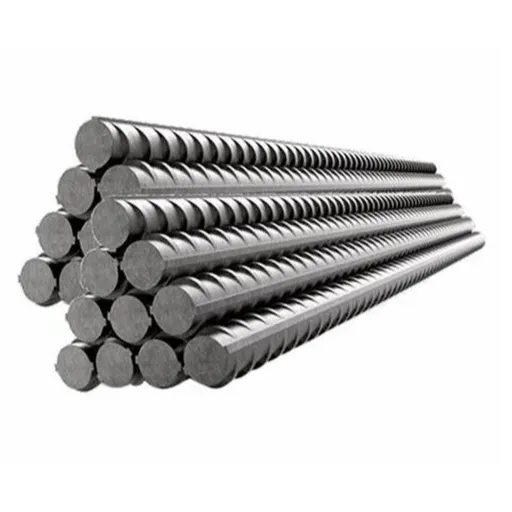
Innovations in Mild Steel Production
Advanced developments in mild steel production focus on improved performance, cost efficiency, and sustainability through innovative techniques and technologies.
Key Innovations:
- Controlled Microalloying: Combined with thermomechanical processing to refine grain structure
- Electric Arc Furnaces (EAF): Reduce carbon footprint using recycled steel and renewable energy
- Thin Slab Casting: More efficient, energy-saving, and material-saving production
- Nanostructured Steels: Research into hybrid production processes for enhanced properties
Future Focus: The future of mild steel rests on balanced advancement combining strength, formability, and environmental responsibility while expanding practical applications in modern engineering.
Environmental Impact and Sustainability
Environmental concerns related to mild steel production primarily arise from excessive carbon emissions during the steelmaking process, but innovative solutions are emerging.
Traditional vs. Modern Production:
- Traditional BF-BOF Route: High CO2 emissions from coal usage
- EAF Route: Uses recycled scrap steel and cleaner energy sources
- Green Hydrogen Steelmaking: Replaces carbon with hydrogen, emitting water vapor instead of CO2
- CCUS Technologies: Carbon capture, utilization, and storage for emission reduction
Recycling Excellence: Steel is infinitely recyclable without degradation in mechanical characteristics. Over 70% of steel is recycled annually, making it one of the most sustainable materials for circular economy models.
Mild Steel in Emerging Industries
The versatility and adaptability of mild steel make it essential for numerous burgeoning industries, particularly those focused on sustainability and innovation.
🌱 Renewable Energy Sector
- Wind turbine towers and mounting structures
- Solar panel support systems
- Energy storage solutions
- Dependable performance in various environmental conditions
🚗 Electric Vehicle Manufacturing
- Lightweight structural parts for energy efficiency
- Safety improvements without significant cost increases
- Recyclability supports sustainability objectives
- Contributes to reduced carbon footprints in the vehicle lifecycle
🏙️ Smart City Infrastructure
- Modular building systems
- Transport networks
- Large-scale urban projects
- Enhanced durability through advanced coating methods
Frequently Asked Questions (FAQ)
Due to its versatility and good properties, mild steel finds use in various industries, including building materials, automotive components, and furniture manufacturing. Its low carbon content makes it excellent for applications requiring welding and machining.
Carbon content in mild steel typically lies between 0.05% and 0.25%. This low carbon amount keeps mild steel ductile and easy to form and weld, while providing sufficient tensile strength and impact resistance for structural applications.
High tensile strength and ductility constitute key engineering properties. Physically, it has good weldability and formability properties, making mild steel suitable for applications from construction to the automotive industry.
Mild steel consists of beams, sheets, rods, and fabricated parts. These products find use in construction, infrastructure work, and machine-building sectors because they offer durability at lower costs.
Mild steel (low-carbon steel) differs from stainless steel mainly in corrosion resistance. While mild steel rusts easily, it’s cheap and easy to use anywhere corrosion resistance isn’t the major concern, leading to widespread applications.
Mild steel provides a high strength-to-weight ratio, easy fabrication at economical cost, excellent weldability, and can be shaped into many different forms, allowing widespread use in structural work.
The melting point of mild steel varies roughly from 1425°C to 1540°C (2600°F to 2800°F). This high melting point makes mild steel suitable for areas demanding heat resistance.
Yes, welding is one of the principal uses of mild steel due to its lower carbon content, making it more weldable than other steel types. It can be easily welded by different means and is often selected for fabricating complex structures and components.
There are numerous grades distinguished by carbon content and mechanical properties. Common grades include S235, S275, and S355, with each grade being stronger than the previous and used in varying degrees for structural engineering and manufacturing applications.
The chemical composition, especially the low carbon content, influences physical and mechanical properties. This composition provides sufficient ductility and toughness, making it suitable for applications ranging from construction to automotive parts.
References
- Effect of Changes in Environment on Mechanical Properties of Mild Steel – Studies dealing with mechanical properties under various environments
- Analyzer for Mechanical Properties of Mild Steel Applying Various Heat Treatments – Research analyzing heat treatment effects on mechanical properties

